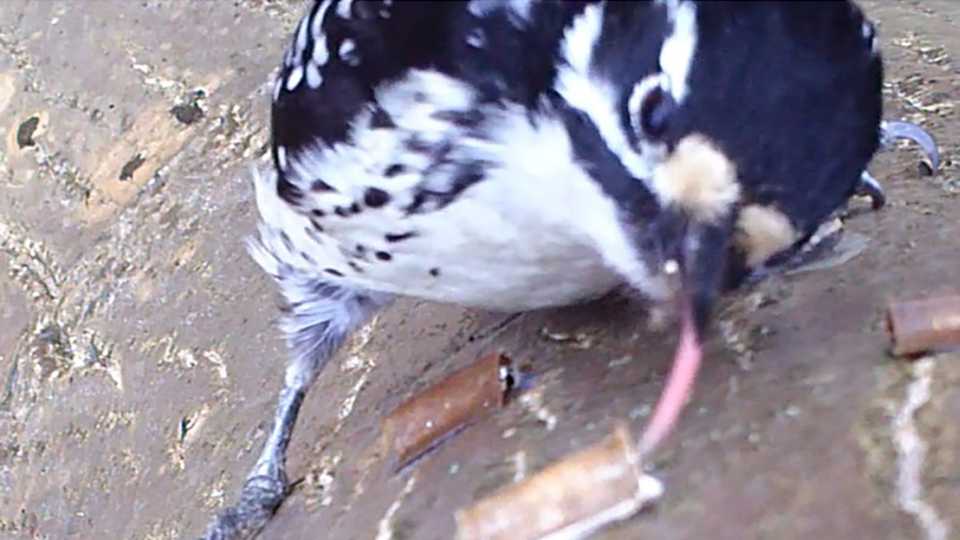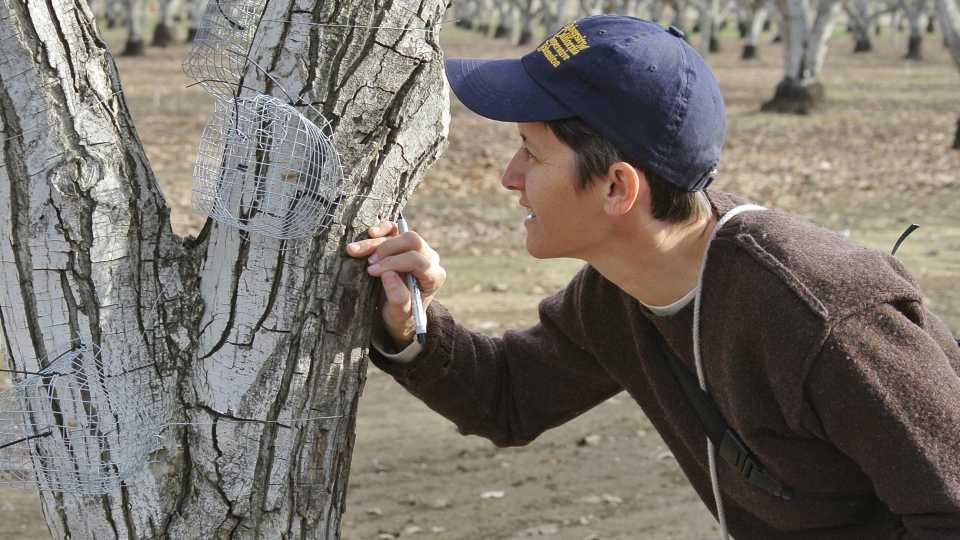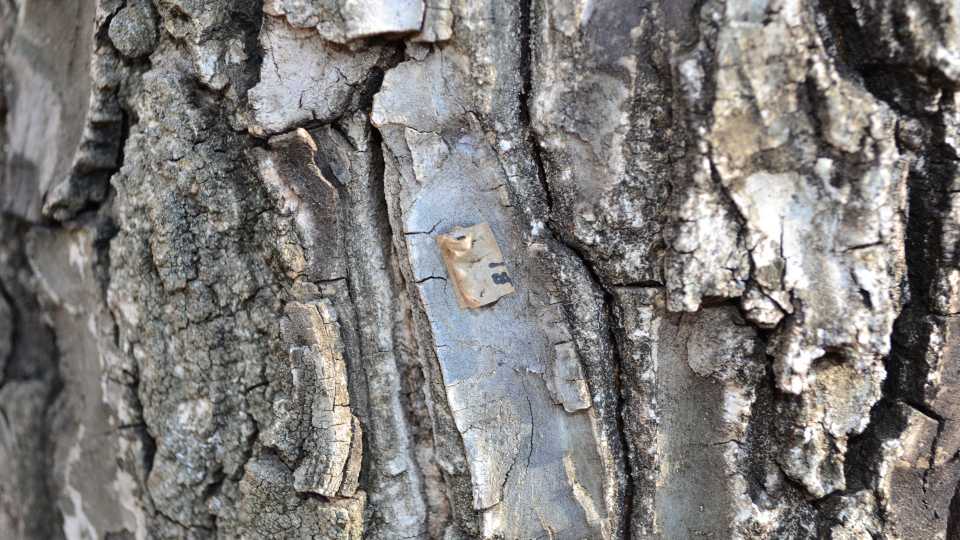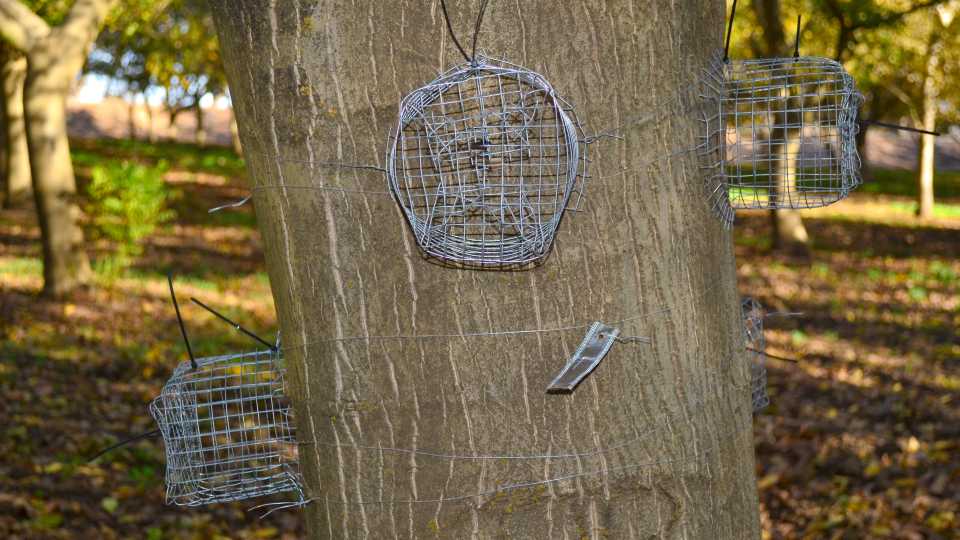Why You Need to Welcome Bug-Eating Birds in Your Nut Orchard
In walnut orchards in California, studies by Dr. Sacha Heath, University of California, Davis, and Rachael Long, UC Cooperative Extension Field Crops and Pest Management Advisor, are demonstrating that encouraging beneficial bird populations in and near the orchard is both an economical and effective way to significantly reduce pest insect populations.
In fact, Heath and Long’s work shows, when it comes to walnuts and, by extension, pears and apples, birds may even outperform insect predators in controlling codling moth populations. Key to supporting bird populations, the two researchers contend, is maintaining and/or establishing hedgerows; those areas of native trees, shrubs, bunch grasses, and wildflowers on the margins of productive walnut groves.
The work has importance to walnut growers specifically, and all crop growers generally, because, according to Heath and Long, “Despite deep, historic farm-based knowledge that birds are important predators of crop pests, over time the perception of birds as natural enemies of pests has been generally replaced with the idea that birds are, too often, major crop pests themselves.”
Their study, the two contend, shows that “Birds are beneficial too!” As Long points out: “Just like there are good and bad bugs (ladybugs vs. codling moth), here are good and bad birds (songbirds and other bug-eating birds vs. crows, starlings, and other crop consumers). Beneficial birds feed on insect pests, especially in the springtime when they’re nesting and need a high energy source to feed their young.”
An important point, the two comment, is that in general, most birds attracted to an orchard are entirely beneficial and do not consume, for example, walnuts, as important parts of their diet. While pests like the American crow are seeking out the nuts and will show up regardless of habitat availability (crows fly as many as 40 miles in a day as they go about their business). Some important codling moth predators may utilize nuts as a small part of their diet, but the amount consumed is negligible compared to the crop preserved by reduced moth infestations.
NATURAL HABITAT HELPS
A significant result of the Heath/Long work in walnut orchards comes in the quantification of the impact birds can actually have on reducing codling moth populations.
“Permitting bird access to cocoons during the wintertime increased codling moth predation in the orchard from 11% to 46%, meaning birds accounted for 35% of overall predation, and predation increased with an increasing amount of natural habitat within 500 meters (one-third mile) of the orchard,” the two report. “Natural habitat in this landscape included remnant oaks, riparian vegetation along streams and ditches, grasslands, hedgerows, and rangelands.”
Woodpeckers often get a bad rap because they are sometimes seen as consumers of nuts but, Heath and Long comment, while Northern Flickers and Nuttall’s woodpeckers have been identified as consumers of almonds in other studies, “… neither their abundances nor attack rates gave researchers reason to identify them as major pests compared to corvids.” (Corvids are crows, jays, and their nut-hungry relatives.)
On the other hand, the two put forward, their study found much of the increase in codling moth predation seen when birds were added to the mix of predators came because “Nuttall’s woodpeckers and white-breasted nuthatches did a lot of the work; these birds travel up and down the trunks of trees searching for insects, including codling moth that overwinter in the tree bark.”
OLDER TREES WANTED
Two factors of key interest to farmers looking for help from birds in reducing codling moth populations surfaced in the course of Heath and Long’s work; hedgerows can help attract birds and, older trees in the orchards increased predation on codling moths.
“Our data showed that more woodpeckers and bird predators of codling moths are naturally foraging for bugs in orchards, and predation was higher in orchards, when nut trees were older,” the two report. “We measured hundreds of walnut trees and older trees are taller, wider, and have deeper bark furrows where bugs hide. This leads us to think that when it comes time to take out an old unproductive orchard and replace it with younger trees, farmers could encourage woodpeckers and beneficial bird predators in their new orchards by retaining a few of their older nut trees around the orchards.”
Long and Heath say hedgerows clearly increase the number and types of birds in cropping systems, often, the two say, without the necessity of taking land out of production.
Regarding habitat creation, Heath comments: “For nut or fruit orchards, I’d recommend planting species that most match the older stages of the nearby orchard’s trees. So, for example, oaks, cottonwoods, willows, and sycamore trees all provide nesting sites and foraging locations for woodpeckers and nuthatches, the main predators of the codling moth and navel orange worms in walnuts. However, bird diversity in general is highest when there is a diversity of canopy layers; and we found that more woodpeckers were present in orchard interiors when the vegetation on the margins was wider, taller, and had more vertical layers of vegetation. For this reason, I would suggest multiple layers of grasses and wildflowers, shrubs, and trees. For multiple benefits (i.e., attracting bee pollinators and other beneficial insects) we recommend planting species that will flower at different times of the year so there are floral resources available year-round.”
An important implication of the Heath/Long study is that farmers, even farmers with different crops, should work together on projects to enhance the availability of beneficial birds to support pest reduction efforts.
“When thinking about pest control and the role of birds in it, one needs to think about the farm as a part of a larger landscape. What one does on the farm affects birds on their own farm and in neighboring areas. Conversely, what affects birds in the landscape also affects birds on the farm,” Heath says.
Long adds, “Planting habitat on field edges will not attract more pest birds, as these birds are cueing in on crops, not the field edge habitat. Birds naturally forage in orchards, particularly in areas where there’s not much other habitat available. For crops that are sensitive to bird damage, it’s important to focus on when they’re susceptible to damage and to look for ways to protect crops from undesirable birds during that time. Otherwise, enjoy them; they’re working for us, providing free pest control services for most of the year.”


















